While tackling challenges such as Brexit, the industry aims to build resilience and maintain a strong market position
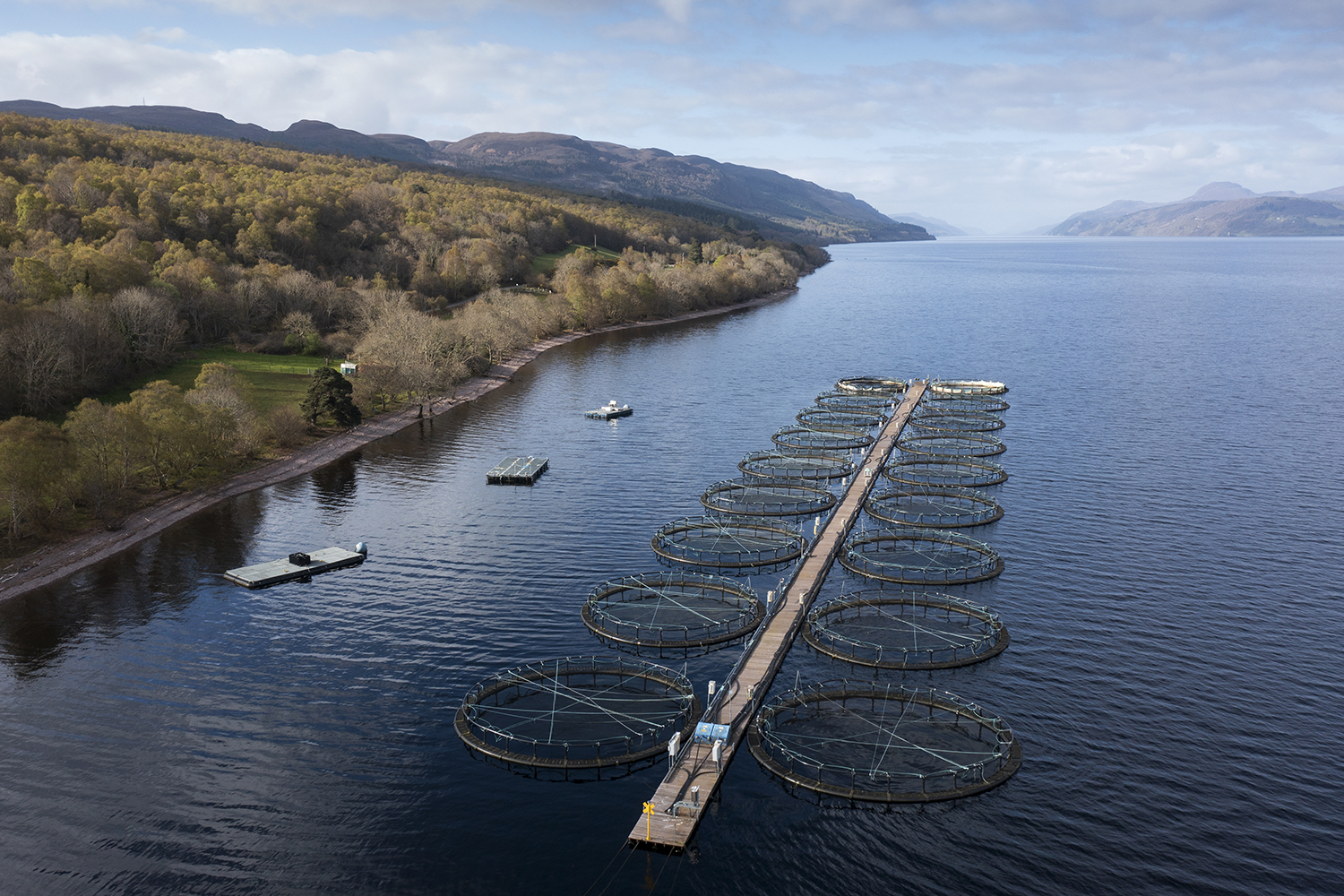
Scotland’s salmon aquaculture industry has grown into a significant economic force, but its path has not been without challenges. With more than 200 farms on the western coast, as well as the western and northern isles, Scotland stands as the world’s third-largest producer of farm-raised Atlantic salmon, behind Norway and Chile, annually producing between 150,000 and 200,000 metric tons (MT). That equates to 800 million-plus healthy, nutritious meals each year, according to Salmon Scotland. While demand for Scottish salmon remains high, concerns over environmental impact and industry expansion persist. How can Scotland’s salmon producers continue to expand responsibly while balancing economic growth with ecological concerns?
Rising exports reflect global demand, yet limitations loom
Tavish Scott, chief executive of Salmon Scotland, believes there is plenty of room for the sector to grow responsibly over the coming years. Scott told the Advocate that a surge in international sales in the first half of 2024 has made Scottish salmon the UK’s largest food export.
“The value of Scottish salmon exports exceeded GBP 700 million (approx. U.S. $910 million) in the 12 months leading up to June 2024,” said Scott. “Figures for the first half of 2024 show that we could be on course for a record year. The global demand for nutritious, low-carbon Scottish salmon continues to rise, especially in key international markets including the U.S., the Middle East and Asia where Scottish salmon is prized for its quality, taste and provenance. Europe – France in particular – remains our most important export market.”
This success reflects the efforts of Scotland’s salmon producers, one of which is Mowi Scotland. Established in 1965 as Unilever’s new aquaculture enterprise, the company began with a research and development project in rainbow trout and started farming salmon in the village of Lochailort in the late 1960s. Today, it produces 65,000 MT of salmon a year and is aiming to increase that figure to 80,000 MT over the next five years. Approximately 40 percent of sales are within the UK market, with around 30 percent going to Europe, and the rest is split between markets in Asia and the United States.
Ben Hadfield, COO of Mowi Farming Scotland, Ireland, Faroes and Atlantic Canada, agrees with Scott that the global demand for salmon is encouraging.
“It’s underpinned by health benefits and people’s knowledge that eating oily fish like salmon, with its omega-3 content, antioxidant profile and high quality proteins, is part of a healthy diet,” he said. “We are also seeing huge food trends like sushi and sashimi. People have a genuine desire to eat more fish.”
Hadfield also attributes success to the west coast, which is known for its rugged islands, peninsulas and deep-sea lochs. With a consistent supply of fresh seawater from the north Atlantic Ocean, Scotland is an ideal location for salmon aquaculture, thanks to clean, cool, fast-flowing tidal waters, which are essential for fish health and high-quality production. Salmon farming takes up just 0.07 percent of Scotland’s coastal waters, added Scott, less than half the size of Edinburgh airport.
Yet, the industry’s reliance on specific geographical conditions, such as Scotland’s west coast, can present logistical and ecological hurdles. Salmon farming does not occur in the north and east coasts to safeguard migratory fish and prevent interactions between wild and farmed salmonids. These areas are also considered too cold and lacking the shelter available on the west coast.
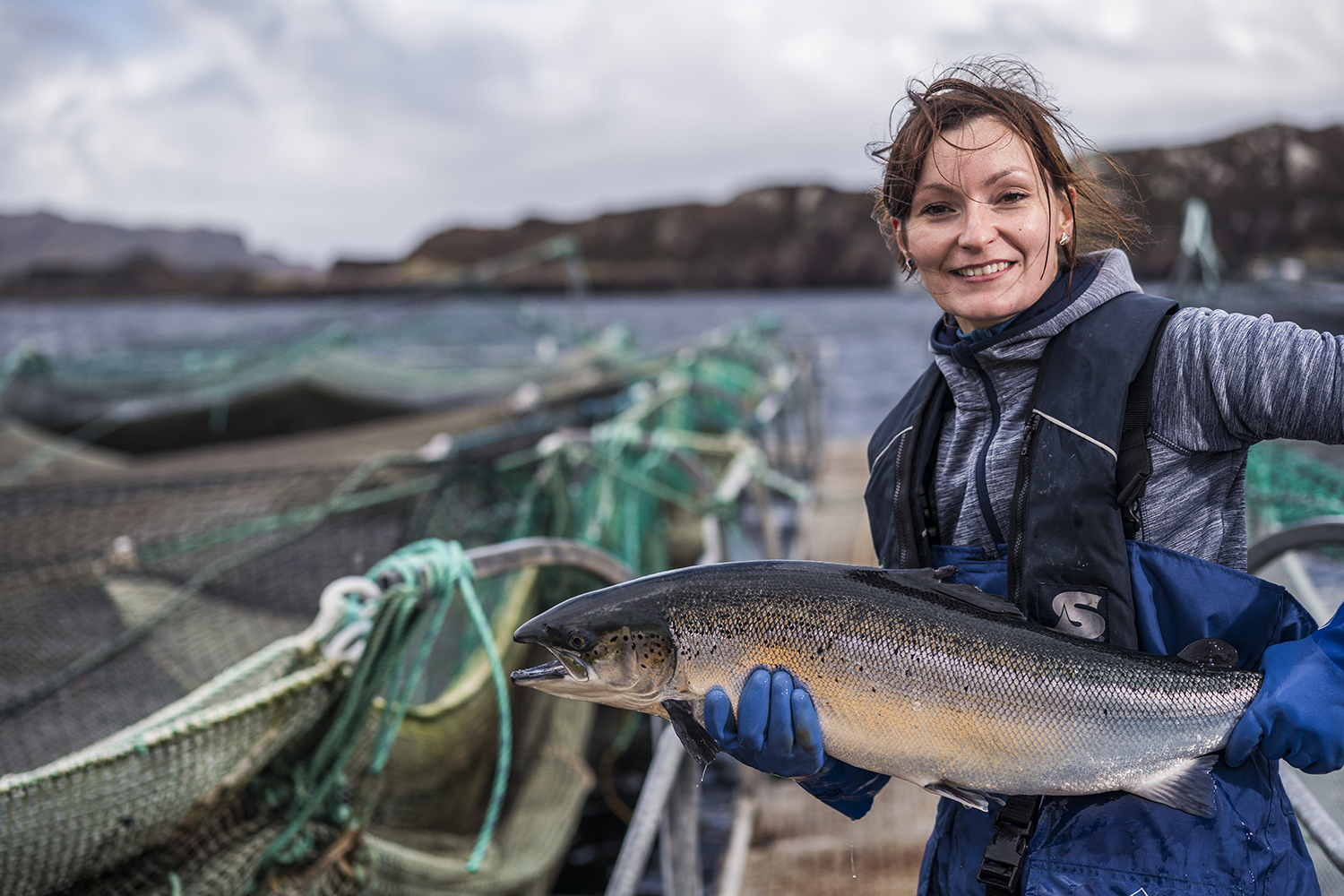
“There are two bands in the northern and southern hemispheres where temperatures are conducive to farming salmon,” said Hadfield. “Those areas are also warmer, especially in winter, and in many cases, they are fjordic, sea loch systems that provide depth, good water flow and plenty of shelter.”
Production capacity is further constrained by environmental factors, including risks associated with sea lice, algal blooms and micro-jellyfish, which have prompted the industry to adopt new methods and technologies. Last year, the salmon sector’s global growth was 2 to 3 percent, which is much less than demand. Mowi’s growth has been a little higher at over 4 percent, but this still falls short of global demand, which would require 7 percent annual growth. Although the company wants to produce more, Hadfield emphasizes the need to produce salmon with regards to the assimilative capacity of the environment.
“Our fish depend on excellent water quality and very good farming conditions,” he said. “That’s what we have to work with, and we must set production targets to maintain in that environment.”
Stable production is also attributed to investment in further innovation, including the exploration of new technologies and alternative feeds. Work is also underway with salmon breeding companies to produce robust strains that are best adapted to the Scottish sea environment. Investment in state-of-the-art well boat technology is also considerable, with a growing fleet of service vessels supporting the sector.
There has also been a strong focus on growing bigger smolt on land to reduce the time fish spend at sea and mitigate biological risks in the marine environment. In 2023, Mowi Scotland obtained consent to grow post-smolts in the brackish waters of Loch Etive, with the first fish put there in February 2024. Hadfield says that post-smolt production in such an environment is a sustainable alternative to land-based facilities that incur high energy costs and a considerable environmental footprint. Sea lice also do not flourish in low salinity, making it easier to keep sea lice populations low.
The challenges of sea lice, as well as others such as harmful algal blooms and, more recently, micro-jellyfish, have been concerning, but significant progress has been made to overcome them thanks to biological and non-medicinal treatments for sea lice and improved vaccination protocols to prevent disease outbreaks. Mowi Scotland has also taken an important step – pioneering new sea lice modeling for Loch Etive. By comparing the continuous production of sea-grown rainbow trout to the production of salmon smolts in two crops a year with annual fallowing events, the model shows that this farming strategy vastly reduces pressure from sea lice. The model can also predict the life cycle of sea lice and estimate the daily production of lice larvae. The initial validation of sea lice modeling was done with the largest ever deployment of post-smolt salmon – 2.4 million.
“We’ve seen quite a strong correlation to what the model predicted and low sea lice levels, mainly as a result of increased fallowing within the loch,” said Hadfield. “We are also using the model to demonstrate that lice are not hazardous to wild salmon. This type of validated model shows that if farming is done in a certain way, lice outputs can be very minimal. It enables us to engage in an open, transparent way and convince people of our science and argument.”
Efforts such as this are particularly welcome as the Rural Affairs and Islands Committee of the Scottish Parliament comes to the end of an inquiry into the Scottish salmon farming sector. The inquiry began in 2019 to assess the progress of salmon farms on sustainability, following concerns from the Rural Economic & Connectivity Committee (RECC) that fish health and environmental challenges needed to be addressed urgently. During the evidence-gathering stage on Nov. 13, issues such as Scotland’s high mortality percentage rate in 2022 – 17.5 million recorded fish deaths – were touched upon, with discussions on possible causes, including direct or indirect environmental factors.
Since 2019, progress has been made, said Mairi Gougeon, Scotland Cabinet Secretary for Rural Affairs, Land Reform, and Islands. Examples include the Scottish government’s Wild Salmon Strategy and Implementation Plan for 2023 through 2028, a new sea lice regulatory framework for wild salmon implemented in February 2024, and a new framework to protect sea trout populations, which is due to begin in March 2025. Gougeon highlighted the salmon sector’s investments in fish health, and science and innovation development, while acknowledging that more work needs to be done.
We hope that government, communities, and more can understand that domestic food production equals food security, which, in turn, equals wealth creation, resulting in more investment that will make Scotland even better.
Navigating post-Brexit regulatory hurdles
Scott adds that while good operations contribute significantly to Scotland’s salmon industry, there are still challenges, such as the impact of Brexit, which continues to hinder Scotland’s full export potential, despite considerable efforts and investments made by the industry. The reputation and provenance of Scottish salmon provides a strong foundation, but more government support to navigate the bureaucracy and streamline export processes is an important need.
“Brexit has definitely created challenges, particularly around trade and regulatory changes,” said Scott. “With significant volumes of fresh, Scottish salmon being exported daily, navigating new export requirements has been tricky, and the sector is pressing for reforms that would reduce the bureaucratic hurdles and make it easier to remain competitive internationally.”
Encouragingly, the government is taking note, with the implementation of electronic export health certificates (EHCs), which would digitize paperwork and help the sector achieve a more efficient supply chain and service customers more promptly. A veterinary agreement between the UK and the EU would also smooth exports across the English Channel.
In light of Brexit, there is also support for a more adaptable immigration system to clearly signal that Scotland is open to skilled workers from abroad, said Scott. While domestic investment and expertise have been integral to the salmon sector’s growth and expansion, its hard-earned reputation for quality has attracted significant overseas investment, and new talent from the global aquaculture community. Salmon Scotland has also been working with a coalition of organizations that are interested in Scotland’s economic development and calling for a more enlightened approach to immigration, post-Brexit, that recognizes the skills gaps and shortages that some sectors face, particularly those working further away from the country’s biggest cities.
The Advocate reports from the Responsible Seafood Summit in St Andrews
“We are hopeful that the Scottish government can work with the new UK government to enable industry to access the people and talent needed to fill the shortages and grow the economy,” said Scott.
The future of Scotland’s salmon farming lies in collaboration – with government, scientists, sector partners and stakeholders. Regulatory reform has the potential to make the sector more agile, to expand and innovate more quickly, and tackle challenges more effectively. With a solid foundation of sustainability initiatives in place, the next step is to ensure that the right support, infrastructure and policies are in place to foster growth while maintaining environmental standards.
“There is optimism for future growth,” said Scott, who spoke at the recent Responsible Seafood Summit on the topic of the “spatial squeeze” that hinders the growth of ocean industries like aquaculture, fishing and offshore wind. “I am absolutely confident that the Scottish salmon sector will continue to be an integral part of our coastal and rural communities for many decades to come. We are proud to be a key part of the jigsaw as we look to build on the successes and press forward.”
“We want to demonstrate the best outcome for salmon farming operations and for local islands communities,” said Hadfield. “We hope that government, communities, and more can understand that domestic food production equals food security, which, in turn, equals wealth creation, resulting in more investment that will make Scotland even better.”
Now that you've reached the end of the article ...
… please consider supporting GSA’s mission to advance responsible seafood practices through education, advocacy and third-party assurances. The Advocate aims to document the evolution of responsible seafood practices and share the expansive knowledge of our vast network of contributors.
By becoming a Global Seafood Alliance member, you’re ensuring that all of the pre-competitive work we do through member benefits, resources and events can continue. Individual membership costs just $50 a year.
Not a GSA member? Join us.
Author
-

Bonnie Waycott
Correspondent Bonnie Waycott became interested in marine life after learning to snorkel on the Sea of Japan coast near her mother’s hometown. She specializes in aquaculture and fisheries with a particular focus on Japan, and has a keen interest in Tohoku’s aquaculture recovery following the 2011 Great East Japan Earthquake and Tsunami.
Related Posts
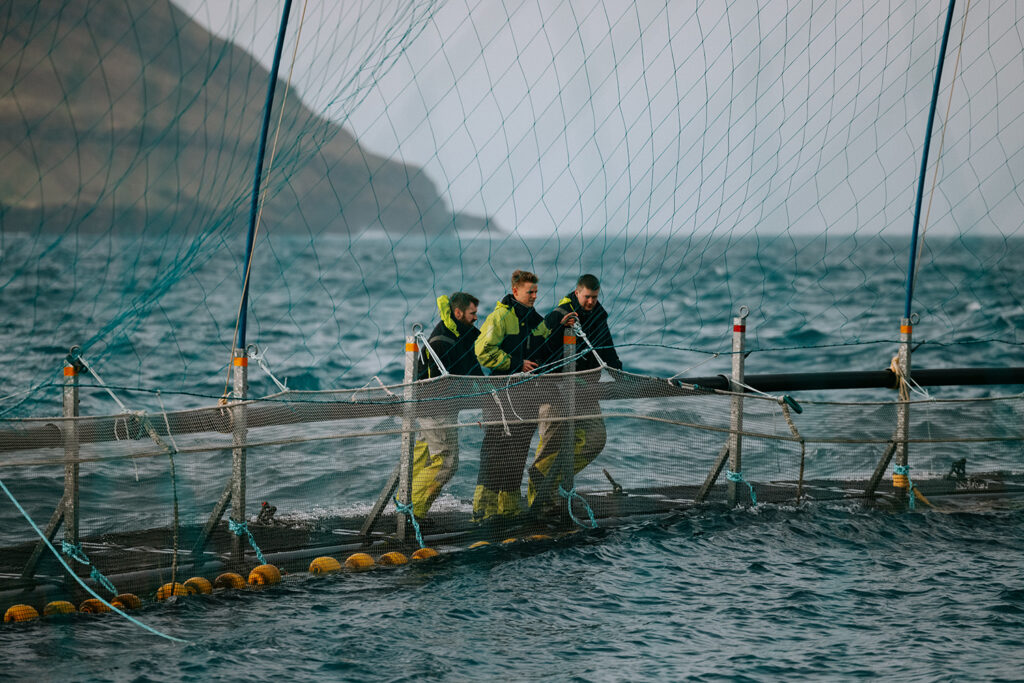
Intelligence
All the way back and then some: The Faroe Islands’ salmon comeback story
Faroe Islands producers say geography, research and efforts to improve environmental sustainability make it ideal for salmon farming.
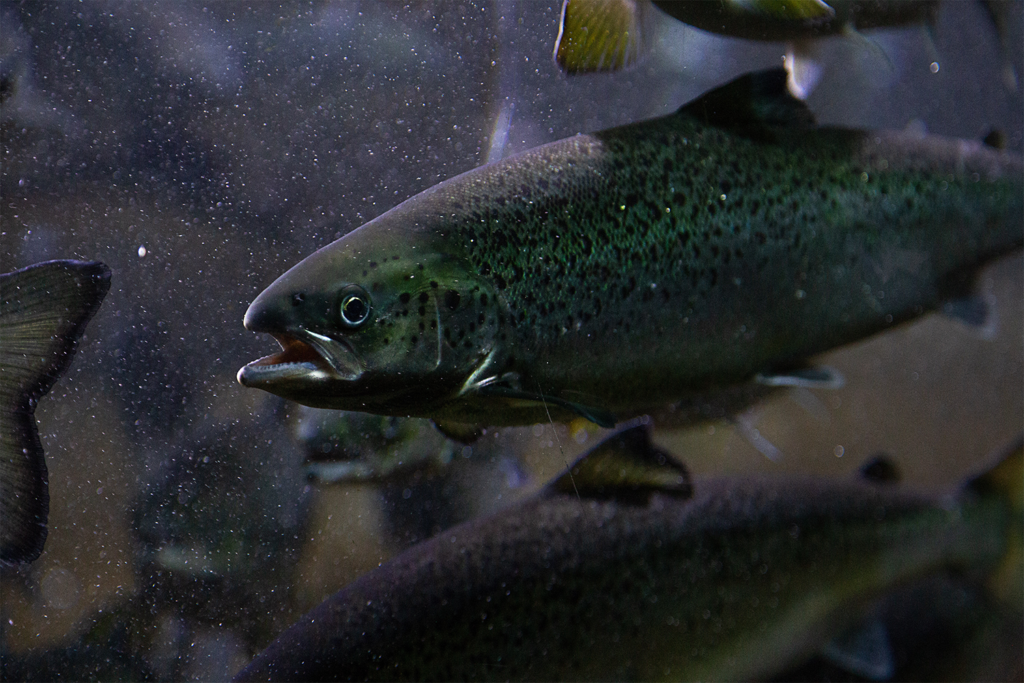
Innovation & Investment
A salmon farm in Dubai, because of course
Last year Dubai-based Fish Farm LLC sold the first batch of salmon to be born and bred in the United Arab Emirates. More are certainly coming.
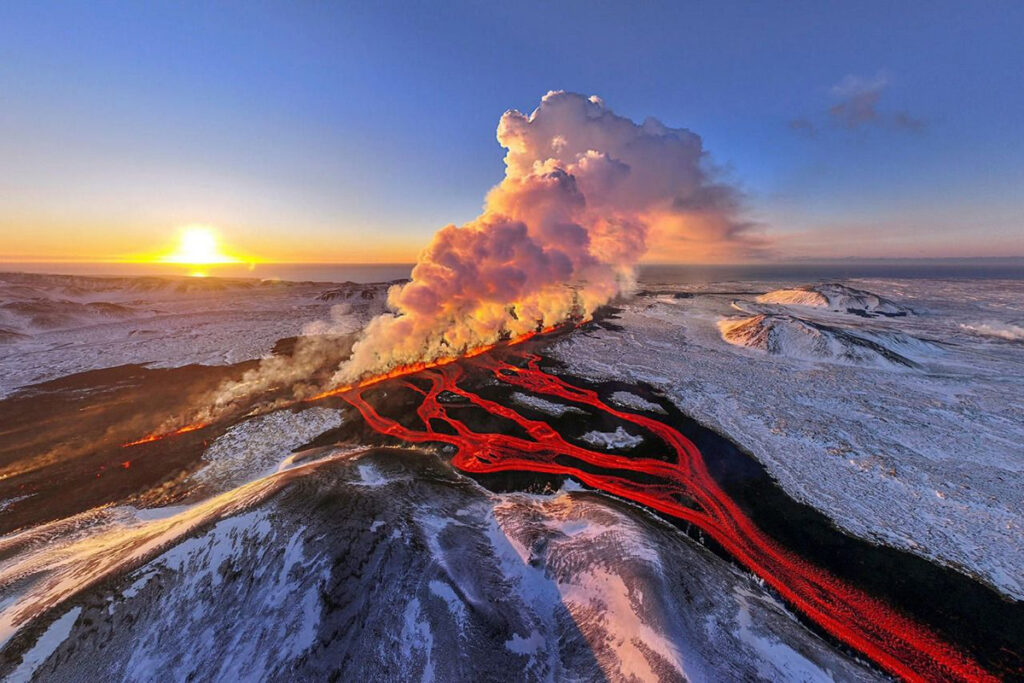
Intelligence
Behind Iceland’s diversified approach to salmon farming
Land-based farms and advancements in genetics are giving Iceland’s salmon sector the potential to become a pillar of the national economy.
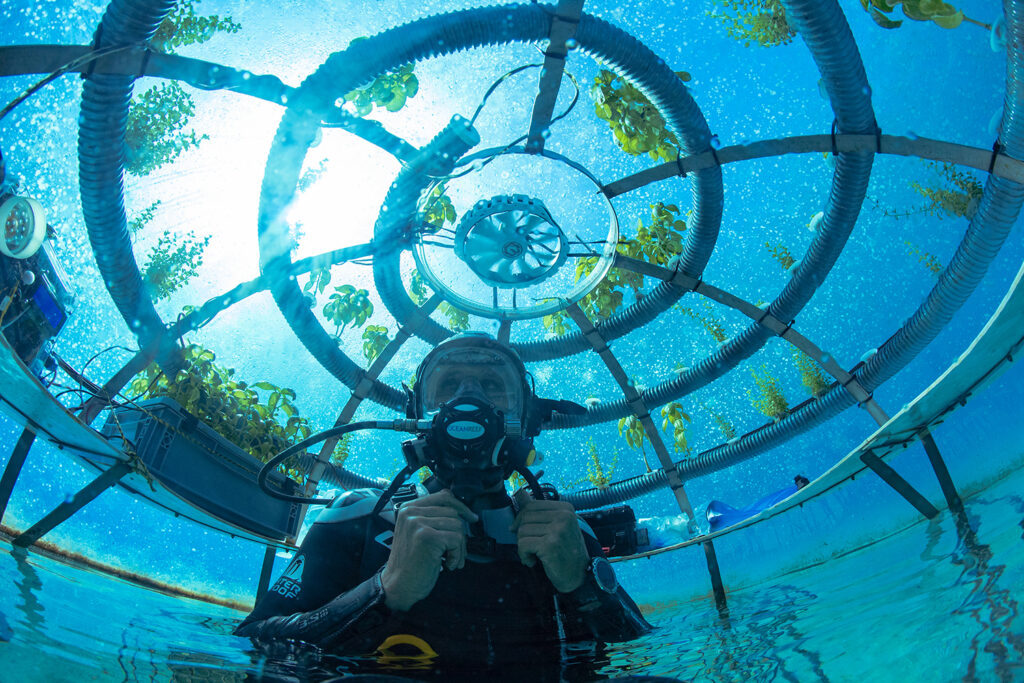
Innovation & Investment
20,000 lettuces under the sea: Could underwater agriculture be the future of farming?
Preliminary research suggests that emerging mariculture methods could provide alternatives to land-based agriculture and within recirculating systems.


